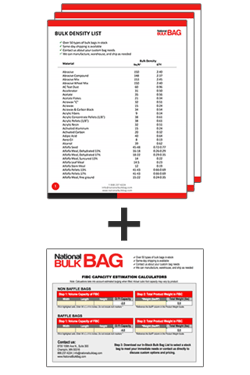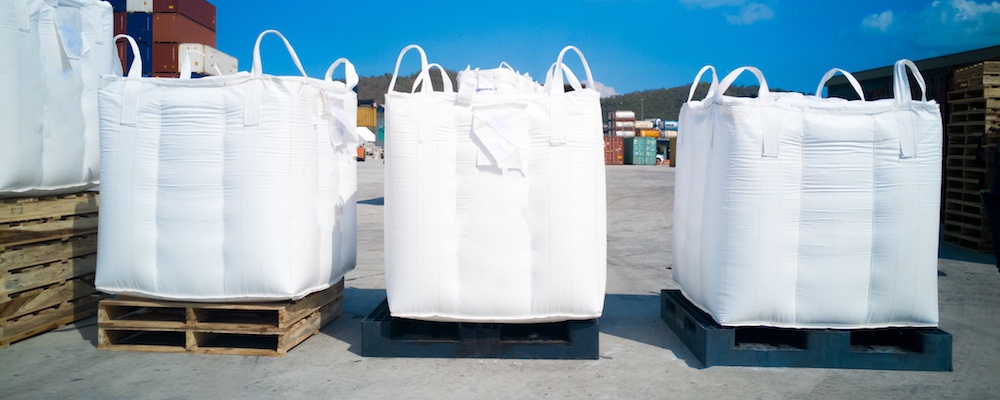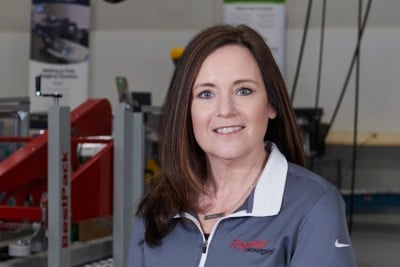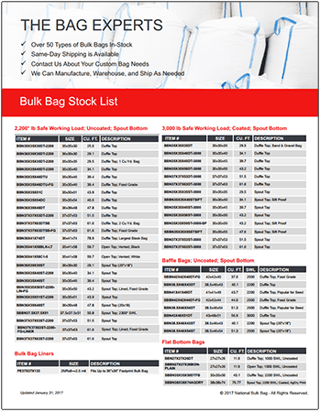Bulk bags with baffles are standard bags with extra fabric panels or pieces of string sewn into each of the bag’s four corners. This special reinforcement allows the bag to better hold its square shape when filled making bags with baffles easier to store side by side and/or stack.
Although there are many positives of using bulk bags with baffles, some larger flow-able products/materials can have a hard time flowing to the corners of the bag. This is where big bags with net baffles come in handy.
What are FIBC big bags with net baffles? Is a net baffle bag right for my application? Let's examine what the differences between a normal baffle bag and a net baffle bag and determine which bag is right for your application.
For regular updates, subscribe to our blog by filling out the “Subscribe to our blog updates” form to the right.
What are FIBC big bags with net baffles?
Bags with net baffles are constructed very similarly as traditional baffle bags and, in most cases, come in three different construction options: circular, u-panel, and 4-panel. Instead of pieces of fabric sewn into the bag to form the baffles, horizontally knitted yarns are sewn into the bag offering the same stability as traditional baffle bags.
The value added of using a bag with net baffles is enabling the product/material to flow directly to the corners of the bag with ease all the while still maintaining the form of the bag.
FIBC big bags with net baffles use
Big bags with net baffles are widely used for transporting and storing soybean, corn and barley. If you are looking for a bag that keeps its form, helps maximize storage and transportation space, and allows your product/material to flow to the corners of the bag with ease, then a bulk bag with net baffles is a great fit for your application!
Thanks for reading this post!
 Thanks for reading this post! We hope this helps you determine if a bag with net baffles is right for your application.
Thanks for reading this post! We hope this helps you determine if a bag with net baffles is right for your application.
Safety and reliability are our top priorities. Each bag that we sell has a safe working load (SWL). To make sure the product you’re packing will not exceed the SWL of the bag you’re interested in, you’ll need to know the bulk density of the product you’re packing as well as the cubic foot capacity of the bag.
Click the button below to download our Product Weight Guide and FIBC Volume Calculator to help you determine how much weight a specific bag will hold.






